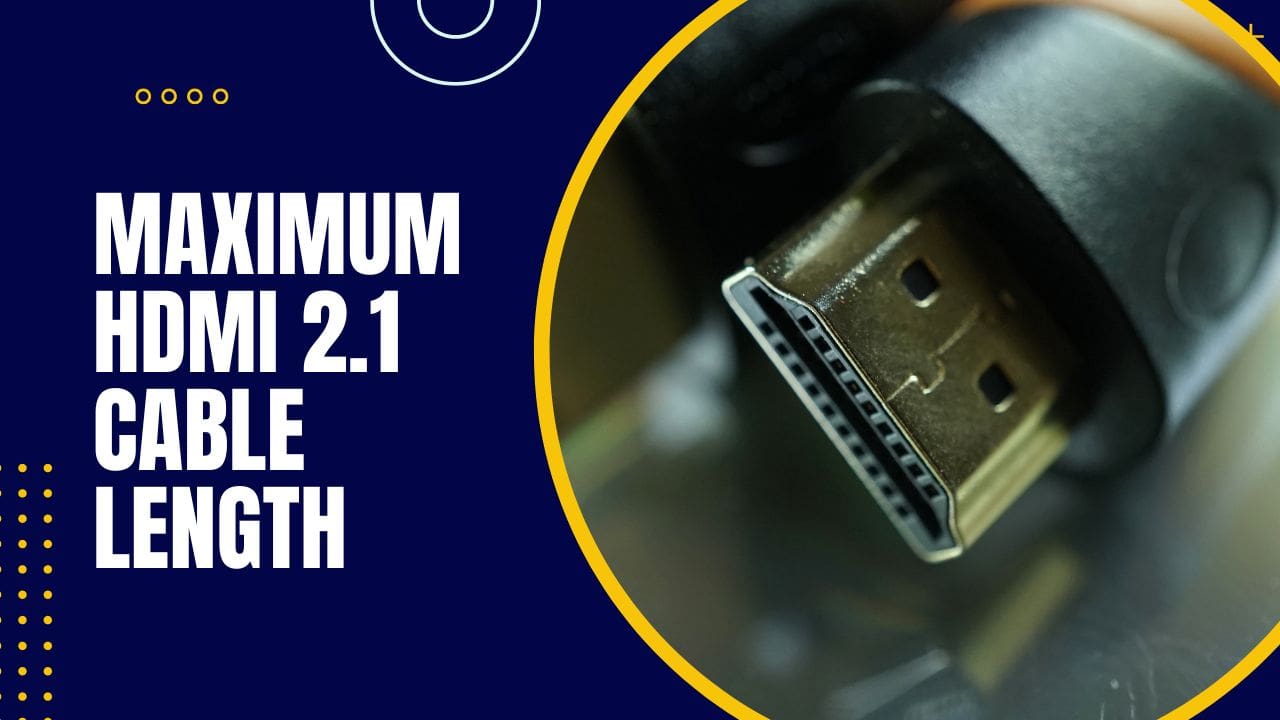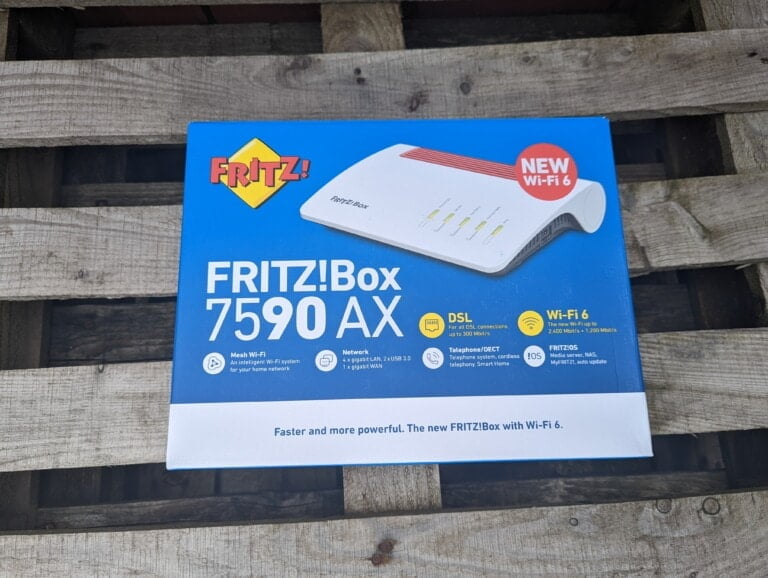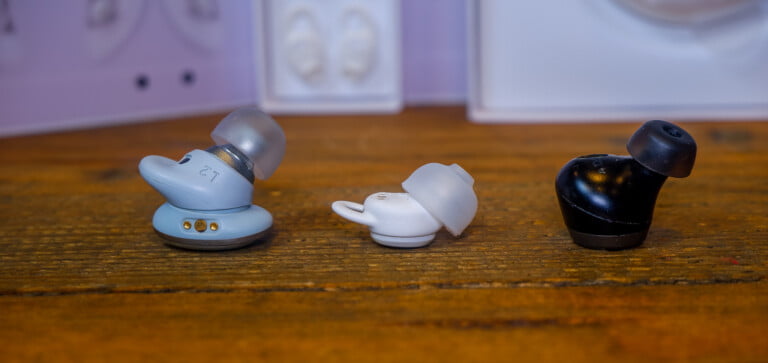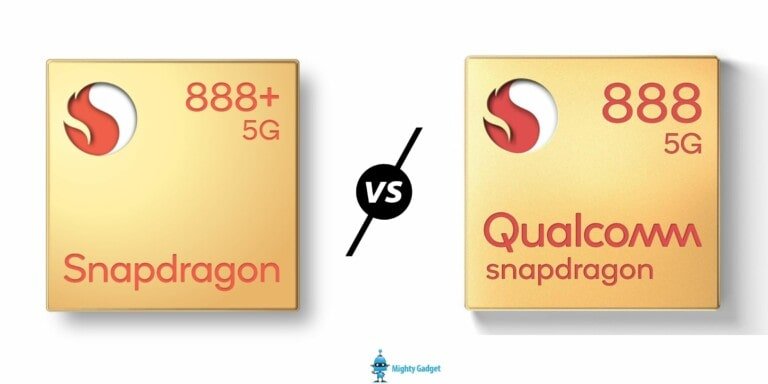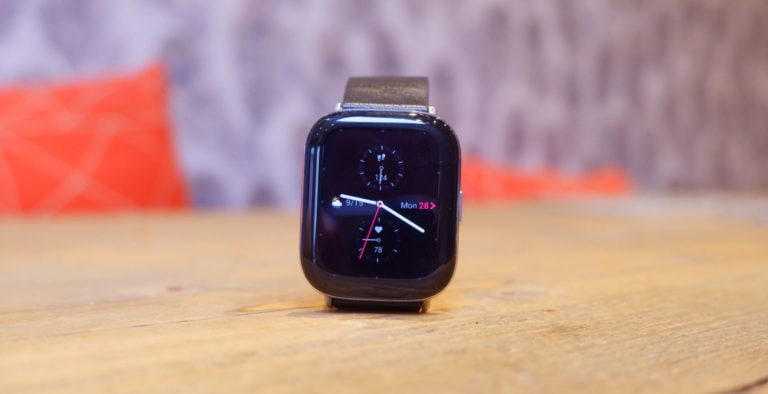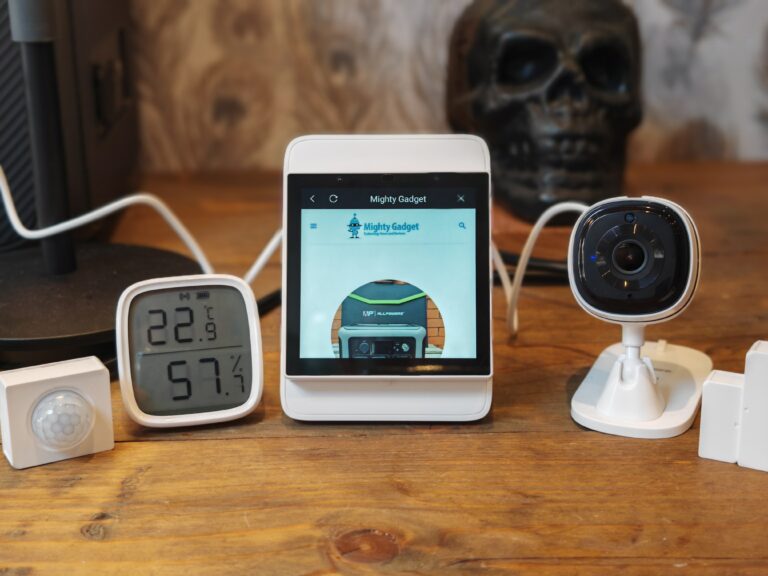Any links to online stores should be assumed to be affiliates. The company or PR agency provides all or most review samples. They have no control over my content, and I provide my honest opinion.
Most good quality 4K TVs that are launched are capable of 4K @ 120Hz and feature HDMI 2.1. This is primarily used for gaming and is featured on the PS5, Xbox Series X and many PC gamers use high resolution with high refresh rates.
HDMI 2.1 has had a bit of a rocky start. When AV receives launched with HDMI 2.1, many of them didn’t work properly. There are also a limited number of soundbars that support HDMI 2.1 and eArc.
Things are improving, though, but you also need to consider the HDMI cables you are using. The old cables you have been using for 1080P for the past 10 years may not support the high data rates of HDMI 2.1/4K 120Hz.
It is less of an issue for short cables, but the longer it is, the more problems you will have.
HDMI cables, like all cables that transmit electrical signals, experience signal loss over distance. This means that the longer the cable, the weaker the signal will be at the end of the cable. The amount of signal loss depends on several factors, including the quality of the cable, the resolution and refresh rate of the signal being transmitted, and the bandwidth of the cable.
Long HDMI 2.1 Cable Recommendations
10m Active Optical by Cable Matters:
| Preview | Product | Rating | Price | |
|---|---|---|---|---|
![Cable Matters [Ultra High Speed HDMI Certified] Active 8K...](https://m.media-amazon.com/images/I/31aKIcUa6PL._SL160_.jpg)
| Cable Matters [Ultra High Speed HDMI Certified] Active 8K... |
£84.99 | Buy on Amazon |
Active HDMI 2.1 Cables by Stouchi including 7.5m, 10m, 15m and 20m – some of the shorter lengths are HDMI 2.0, so check the product descriptions
| Preview | Product | Rating | Price | |
|---|---|---|---|---|
   | 8K HDMI Fiber Optic Cable 20M,Stouchi HDMI 2.1 Cable 48Gbps... |
£89.99 | Buy on Amazon |
Maximum HDMI Cable Length – What is the longest HDMI cable that can do 4K?
There are no specific rules for HDMI. It is not like Ethernet, where they state 100m is the limit. Even with Ethernet, it can go beyond that, but the signal loss will quickly deteriorate the performance, therefore, Cat5E is rated at gigabit for 100m.
For standard HDMI cables, the maximum recommended length is around 10m. Beyond this length, the signal can become too weak to produce a reliable, high-quality image and sound. Depending on what website you look at, this figure may vary from 7.5m (25ft) up to 15m (50ft). To make matters more confusing, many websites sell HDMI cables longer than this.
For high-bandwidth HDMI cables, such as those used for 4K resolution and higher refresh rates, the maximum recommended length may be shorter. This is because these signals require more bandwidth and are more sensitive to signal loss.
Another limitation of HDMI cables is that the maximum resolution, refresh rate and the colour bit depth they can transmit is limited, it is important to check that the cables you are using support the resolution and refresh rate of the device you are connecting them to.
It’s also worth noting that some cables may not be able to transmit certain advanced features, such as HDR or ARC. If you are planning to use these features, make sure that your cables support them.
How long can an HDMI 2.1 cable be for 4k 120Hz & HDR/Dolby Vision?
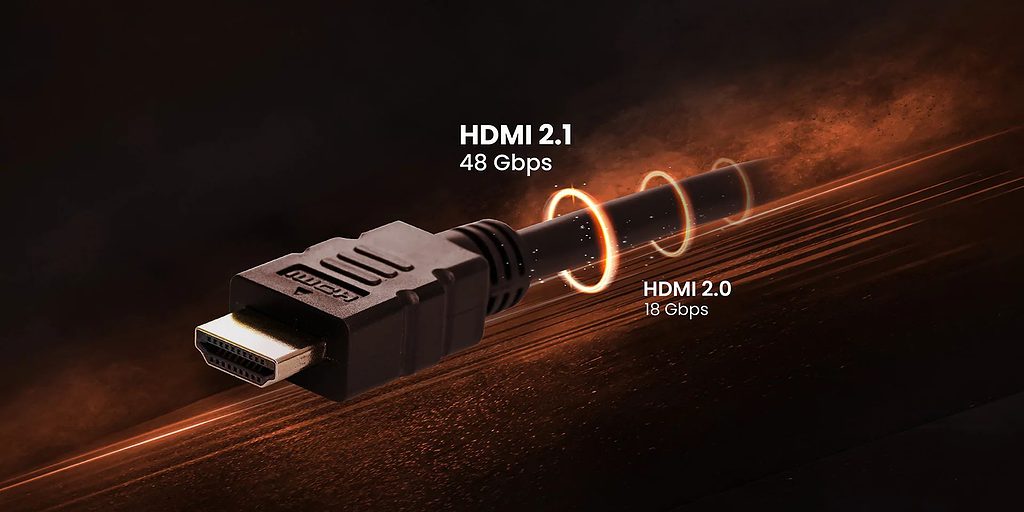

None of the above specifically answers the question of how long an HDMI 2.1 cable be for 4k 120Hz.
An HDMI 2.1 cable should be able to handle a 48Gbps data rate, and it, therefore, won’t be able to go as long as HDMI 2.0 cables.
If it wasn’t clear from the above, the answer is that no one really seems to know. Ironically, after years of people saying expensive cables don’t matter, the reality is that good quality cables do matter, and you may have to pay more for them.
The official HDMI website states:
The specification does not indicate a cable length. Cable length depends on many factors, including cable type and construction. Based on early testing in the UHS Cable program, it is expected that passive cables of 5 meters will be achievable.
That’s for passive cables, though. Other websites state that an active HDMI 2.1 cable can measure up to 7.5m (25ft) without difficulty, giving you much more cable reach to play with.
Apparently, the HDMI org doesn’t certify active cables, so anything you buy may or may not work. You will have to rely on user/critic reviews.
Where to buy long HDMI cables?
Plenty of websites sell longer cables, and your mileage will vary.
Amazon, as always, is your best bet. At the very least, you can buy the cable and know that you can have easy returns.
Monoprice is well regarded, and they have some long cables. Cable Matters also appears to be a reputable company.
How to extend the length of an HDMI Cable? Will a long HDMI 2.1 cable work with 4k 120Hz?
It depends on how long you want to go and how much you are willing to spend.
Long HDMI 2.1 cables that can do 4k 120Hz & HDR/Dolby Vision
For longer lengths, active HDMI 2.1 cables are you best (only) option and these are supposedly able to go up to 7.5 (25ft), again, your mileage will vary depending on quality.
Beyond this, there are active HDMI 2.1 optical cables. The best fibre optic active HDMI cables can run over 10m (32ft) and still maintain the full bandwidth of the HDMI 2.1 cable standard.
These cables are not particularly cheap. If you look on Amazon, the options are limited, with a lot of products with mixed reviews. Cable Matters seems to be a well-regarded company for active cables, and they have a 10M active cable that costs £85 or £70 for the 5m version.
| Preview | Product | Rating | Price | |
|---|---|---|---|---|
![Cable Matters [Ultra High Speed HDMI Certified] Active 8K...](https://m.media-amazon.com/images/I/31aKIcUa6PL._SL160_.jpg) ![Cable Matters [Ultra High Speed HDMI Certified] Active 8K...](https://m.media-amazon.com/images/I/31aKIcUa6PL._SL160_.jpg) ![Cable Matters [Ultra High Speed HDMI Certified] Active 8K...](https://m.media-amazon.com/images/I/31aKIcUa6PL._SL160_.jpg) | Cable Matters [Ultra High Speed HDMI Certified] Active 8K... |
£84.99 | Buy on Amazon |
The longest option I can find is the Monoprice SlimRun 8K Optical HDMI Cable. They have options that go up to 65ft or 20M, and this costs $141. On the UK shop, they have the 9.1m/30ft SlimRun AV 8K cable for £108. However, if you look at the reviews, it has some mixed opinions, with many people claiming it doesn’t work properly with HDMI 2.1 on PCs.
There is also the Stouchi 8K cable which can go up to 20m and is comparatively cheap at just £90.
| Preview | Product | Rating | Price | |
|---|---|---|---|---|
   | 8K HDMI Fiber Optic Cable 20M,Stouchi HDMI 2.1 Cable 48Gbps... |
£89.99 | Buy on Amazon |
An alternative to active optical HDMI cables are HDMI repeater/extender, but again, it’s difficult to find products that fall within the HDMI 2.1 specification.
There are cheap 8K HDMI couplers from known brands such as Ugreen, but these seem to hit a limit of around 8m total before they aren’t able to do 8K or 4K120Hz
| Preview | Product | Rating | Price | |
|---|---|---|---|---|
  | UGREEN HDMI 2.1 Coupler 8K@60Hz 4K@240Hz 120Hz 144Hz Female... |
£12.99 | Buy on Amazon |
For HDMI 2.0
If you don’t need to do 4K@120Hz then you have a bit more wiggle room, I’d personally try and stick to the HDMI 2.1 specs as that will give you some reassurance that things will work.
However, if you want to go beyond 20m, there are some well-reviewed options, but I think it will be a case of try it and see. You may need to return to Amazon.
There is a well-reviewed 30M Rommisie HDMI cable that claims to do HDMI 2.0/18Gbps capable of 4K, ARC and HDR.
| Preview | Product | Rating | Price | |
|---|---|---|---|---|
  | Rommisie 4K/60HZ HDMI Cable 30M (HDMI 2.0,18Gbps) Ultra High... | 3,643 Reviews |
£49.99 | Buy on Amazon |
Jorenca also claims to do HDMI 2.0 18Gbps 4K 60Hz, and they have a cable that goes up to 50m. I am sceptical of these claims, but that’s what they advertise, and if it doesn’t do this, then you have the right to return.
| Preview | Product | Rating | Price | |
|---|---|---|---|---|
  | Fiber Optic HDMI Cable 50M,HDMI 2.0 18Gbps 4K 60Hz 4:4:4... | Buy on Amazon |
HDBaseT for 4K at 60 Hz with Dolby Vision
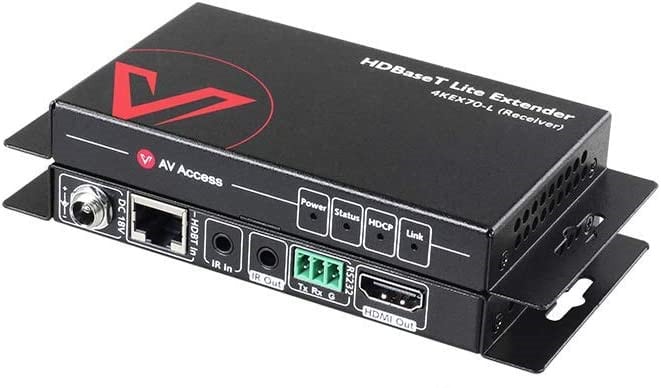

| Preview | Product | Rating | Price | |
|---|---|---|---|---|
  | Professional 70M(230ft) ARC HDMI Extender (HDBaseT), UHD... |
£239.99 | Buy on Amazon | |
  | AV Access HDBaseT HDMI Extender Up to 70M, 4Kx2K@60/30Hz... |
£119.99 | Buy on Amazon |
HDBaseT has been a popular option for extending video and audio over long distances. It basically uses Ethernet to transmit the data and is, therefore, capable of 100m, or further if you use multi-hops.
However, HDBaseT 3.0 is limited to 16 Gb/s, which is the equivalent of 18 Gb/s in HDMI transmission. That is basically the HDMI 2.0 data rate specification, and it can therefore achieve the same as that.
This includes:
- 4K at 60 Hz with 8-bit 4:4:4 color coding,
- 4K at 60 Hz with up to 12-bit 4:2:2 and high dynamic range (HDR),
- 4K at 60 Hz with Dolby Vision standard mode.
Buy HDBaseT 4K60Hz Extenders on Amazon
HDMI 2.1a and HDMI Cable Power
The HDMI 2.1a specification should fix some of these problems with something that is called HDMI Cable Power.
With this, HDMI cables can now be powered directly from the HDMI Connector, without attaching a separate power cable. This makes attaching and using active HDMI Cables as easy as using passive, wired HDMI Cables.
The new HDMI 2.1a cables with HDMI Cable Power will be able to provide up to 300 mA from the 5V supply of the source.
HDMI Cables with HDMI Cable Power include a separate power connector for use with source devices that do not support the HDMI Cable Power feature. Typically, these connectors will be USB Micro-B or USB Type-C, but different power connector types may be used.
However, just like the previous comments, there is no specific length defined for these new cables. I assume it will be the same as an active HDMI cable, so it will be roughly 7.5m for a normal cable or 20m for an optical cable.
I am James, a UK-based tech enthusiast and the Editor and Owner of Mighty Gadget, which I’ve proudly run since 2007. Passionate about all things technology, my expertise spans from computers and networking to mobile, wearables, and smart home devices.
As a fitness fanatic who loves running and cycling, I also have a keen interest in fitness-related technology, and I take every opportunity to cover this niche on my blog. My diverse interests allow me to bring a unique perspective to tech blogging, merging lifestyle, fitness, and the latest tech trends.
In my academic pursuits, I earned a BSc in Information Systems Design from UCLAN, before advancing my learning with a Master’s Degree in Computing. This advanced study also included Cisco CCNA accreditation, further demonstrating my commitment to understanding and staying ahead of the technology curve.
I’m proud to share that Vuelio has consistently ranked Mighty Gadget as one of the top technology blogs in the UK. With my dedication to technology and drive to share my insights, I aim to continue providing my readers with engaging and informative content.
Last update on 2024-04-16 / Affiliate links / Images from Amazon Product Advertising API

